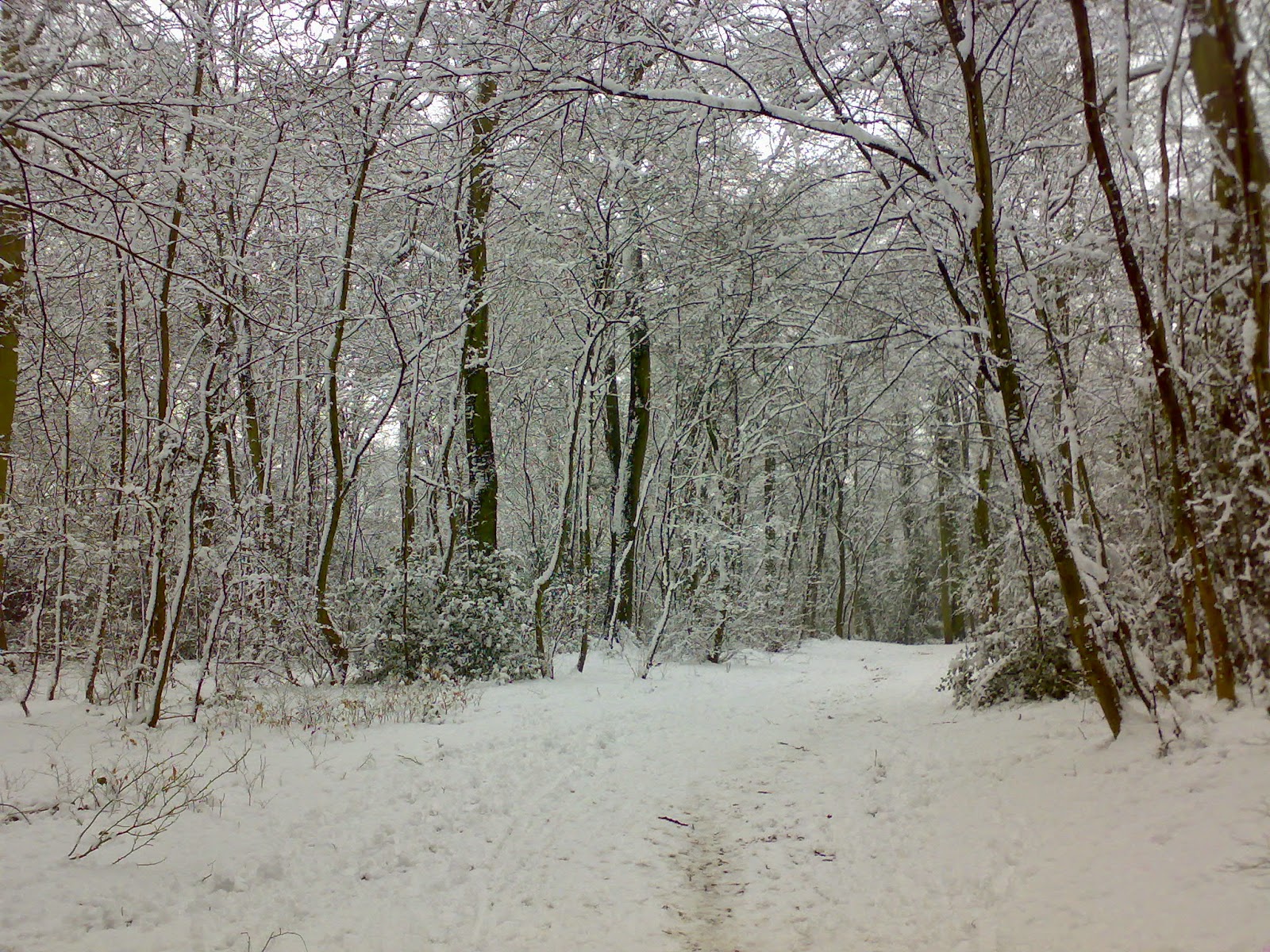 |
| Holy Grass – hierochloe odorata |
We all know the story of “no room at the inn” so when Jesus was about to be born there was a frantic scramble to prepare the manger, to make it warm and comfortable for the Special Arrival. During that time a most charming story has it that the cattle, also seeking shelter, begged that they should be allowed to give their hay to make the bed for the Holy Baby. This hay was gratefully accepted and duly taken to soften the Christ’s bed. Then a further miracle occurred. The hay, which under normal circumstance is simply a collection of dried and dead grasses, herbs and wild flowers, suddenly burst into life and blossoms from the flowers formed a halo around His head.
Some have suggested the following ...
- Clover ... obviously symbolic of the Trinity.
- Vervain ... an ancient and respected guard against evil and devils.
- Sainfoin ... a fodder which is well known for medicinal properties.
- Holy Grass ... hierochloe odorata ... a fairly rare aromatic grass which in days long past was used to strew the floors of Catholic Churches on Holy days.
- Lady’s Bedstraw ... one of the most prolific grasses which grows widely in Churchyards.
- Star of Bethlehem ... has flowers like a small white star, which reminds us of the star which led the wise men to Bethlehem.
 |
| Sainfoin |
There are of course many other Holy Grasses which legend has linked to the Holy Hay. So, next time you walk in the countryside, it might be fun to take a book of grasses and see if you can identify any of these plants which, under certain circumstances, have miraculous properties.


















